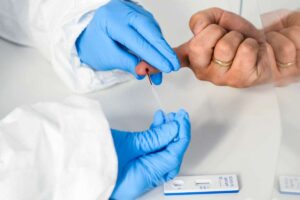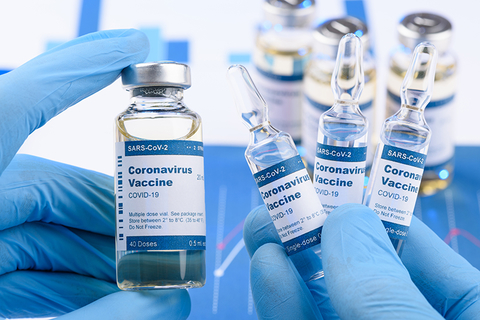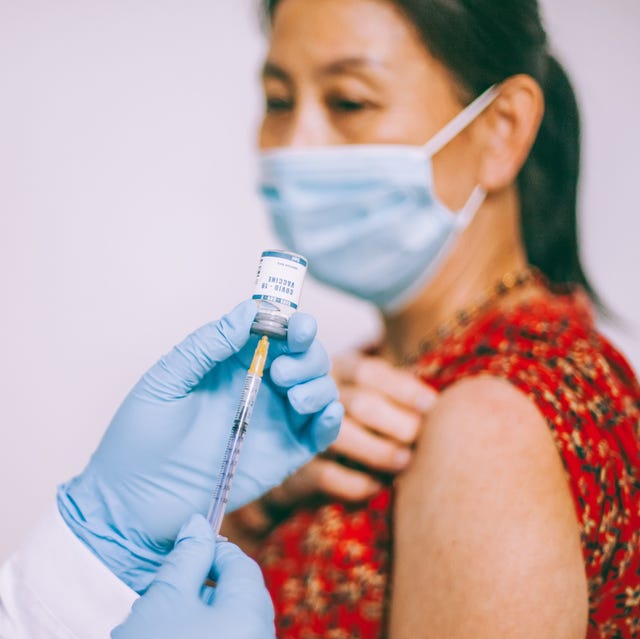
Image from sfgate.com
There’s a lot of talk about antibody levels as a measure of immunity against COVID-19 after infection or vaccination. This clashes with the knowledge that the immune system remembers prior invaders and can be reactivated if there is a new exposure.
Antibodies are proteins the body uses to recognize foreign substances that should not be in your blood and flag down immune cells to destroy the invader. When a pathogen, such as a virus or bacterium, enters the body, the immune system is triggered to produce more antibodies. Vaccines often work by introducing an unharmful or artificial part of a pathogen into your body to make it produce antibodies. The level of antibodies may wane, but the B-type immune cells remember and can ramp up production of the invader returns.
Antibody tests detect whether a specific antibody is currently circulating in your body which is generally considered a marker of recent infection of immunization. Initially, COVID-19 antibody testing was used as one measure of whether or not a person had been infected with the virus. However, because it can take 1 to 3 weeks after the initial infection for antibodies to be measurable in your body, the tests are not used to detect a recent or active infection.
The way antibody tests are often discussed in the media gives the impression that circulating antibodies are a measure of immunity against the virus. The real measure is whether or not your immune system is capable of mounting a new response to the virus, not whether a response is currently underway. Circulating antibodies are a marker of an active immune response.
So, antibody testing cannot tell you if your body is capable of producing an effective immune response against COVID-19. You may be able to mount a strong response even if you have no measurable antibodies in your blood.
https://www.cdc.gov/coronavirus/2019-ncov/lab/resources/antibody-tests.html

